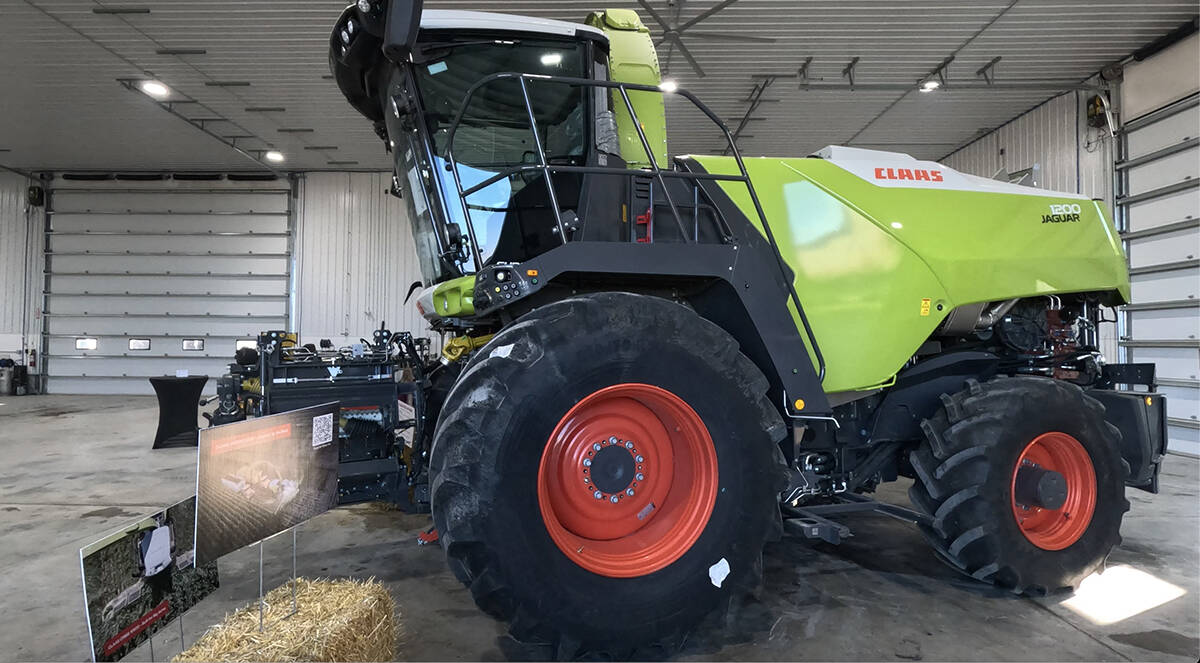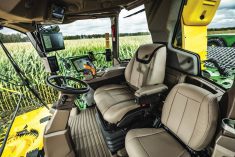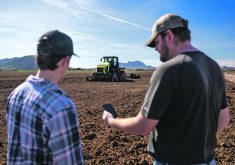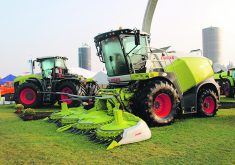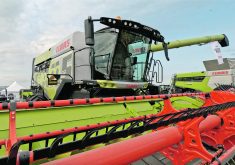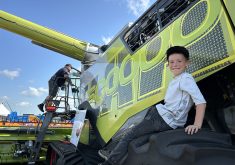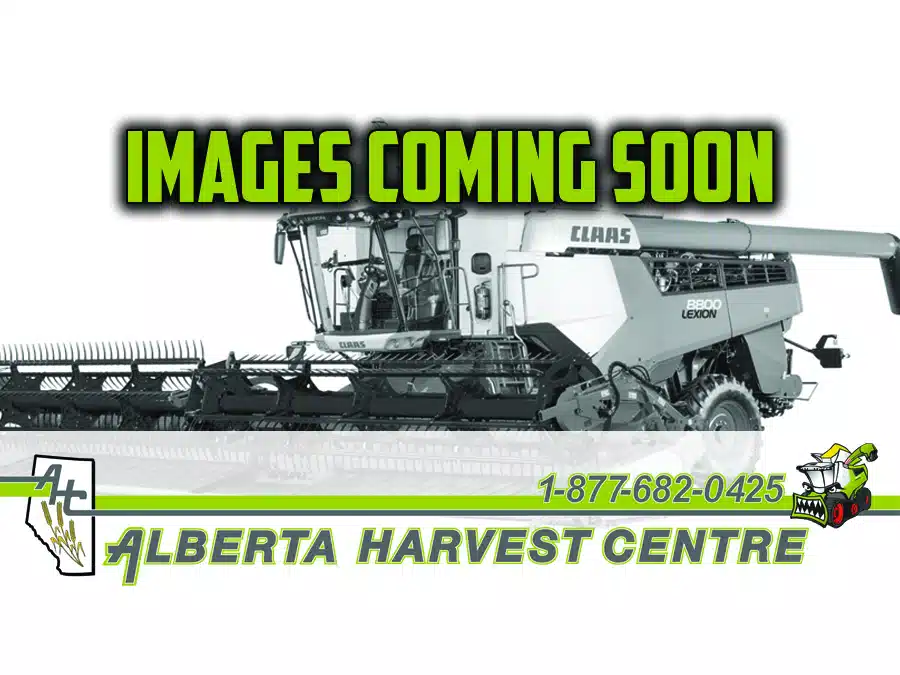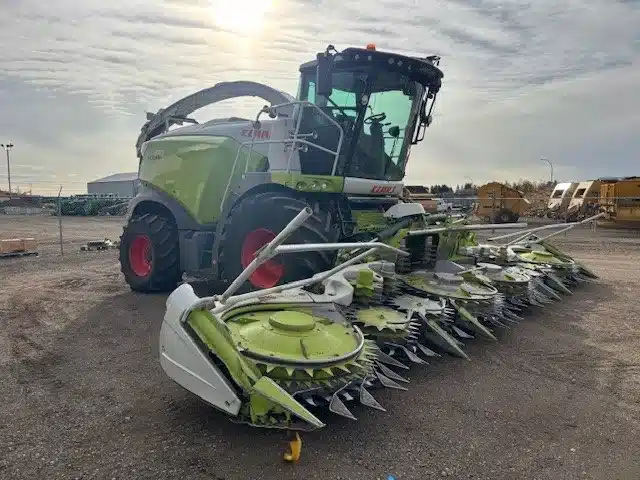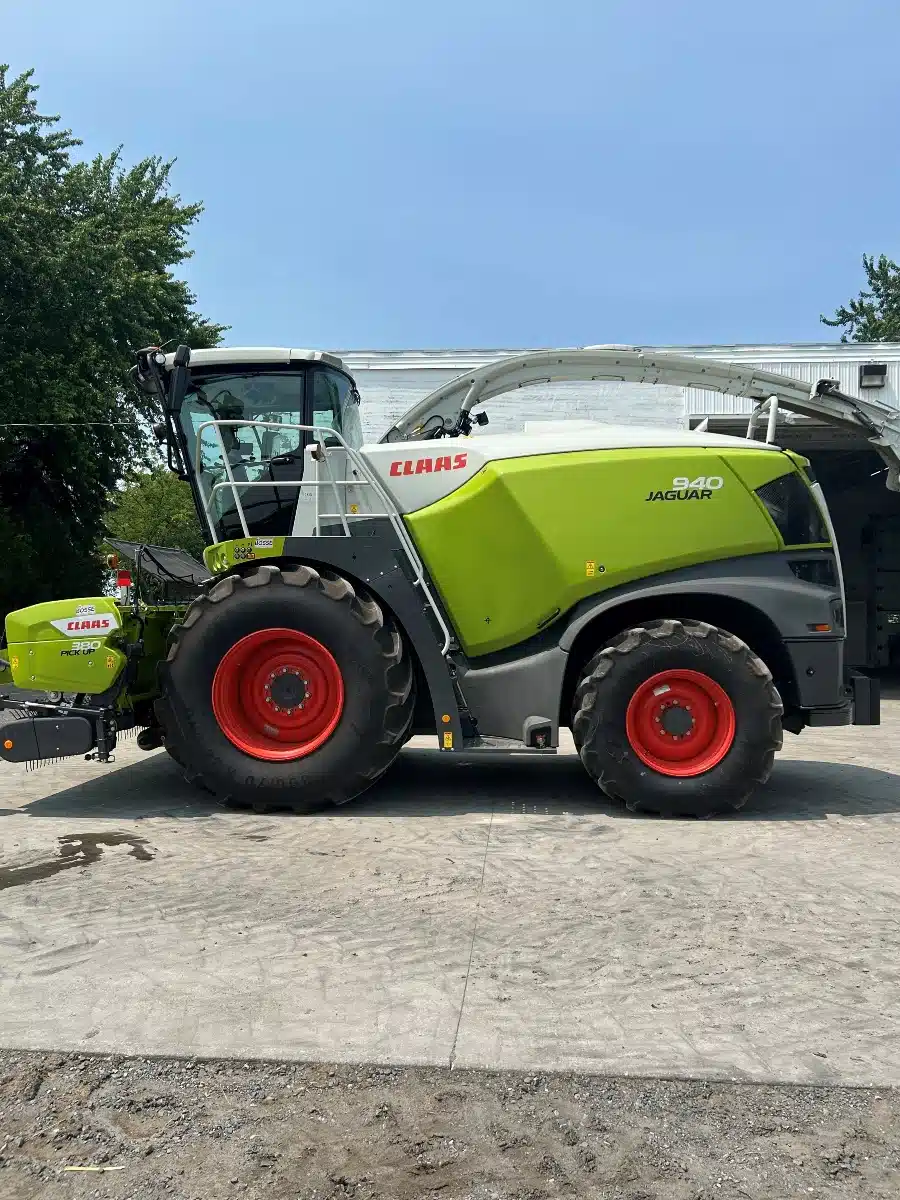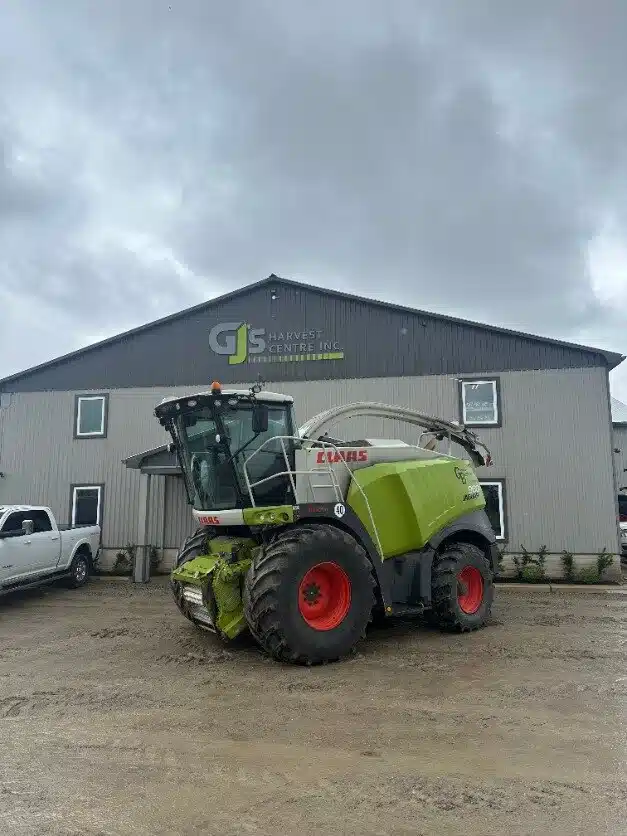In mid-August, Claas unveiled its new line of Jaguar forage harvesters at an event in Visalia, California, deep in the heart of that state’s dairy region.
In October, one of the first examples of the new Jaguars to arrive in Canada made its debut at the GenAg Claas dealership in Steinbach, Man.
““It’s all new this year,” says Terry Siebert, the company’s regional product supervisor for Canada.
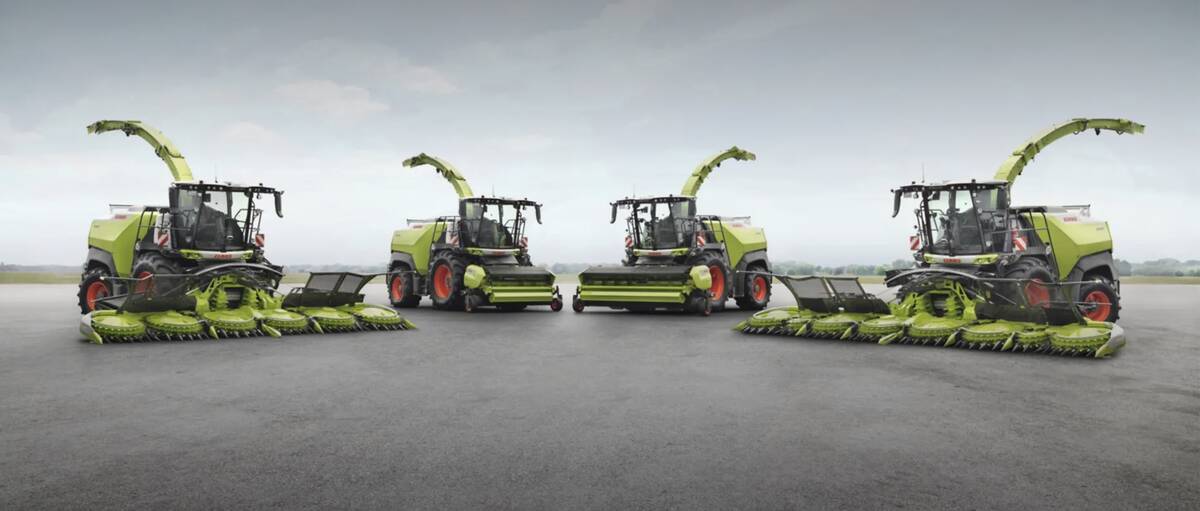
“It was in prototyping. It takes roughly 10 years from (conceiving) the idea to bring it to production. It’s a bigger, heavier design for customers who are demanding more throughput in the field.”
Read Also
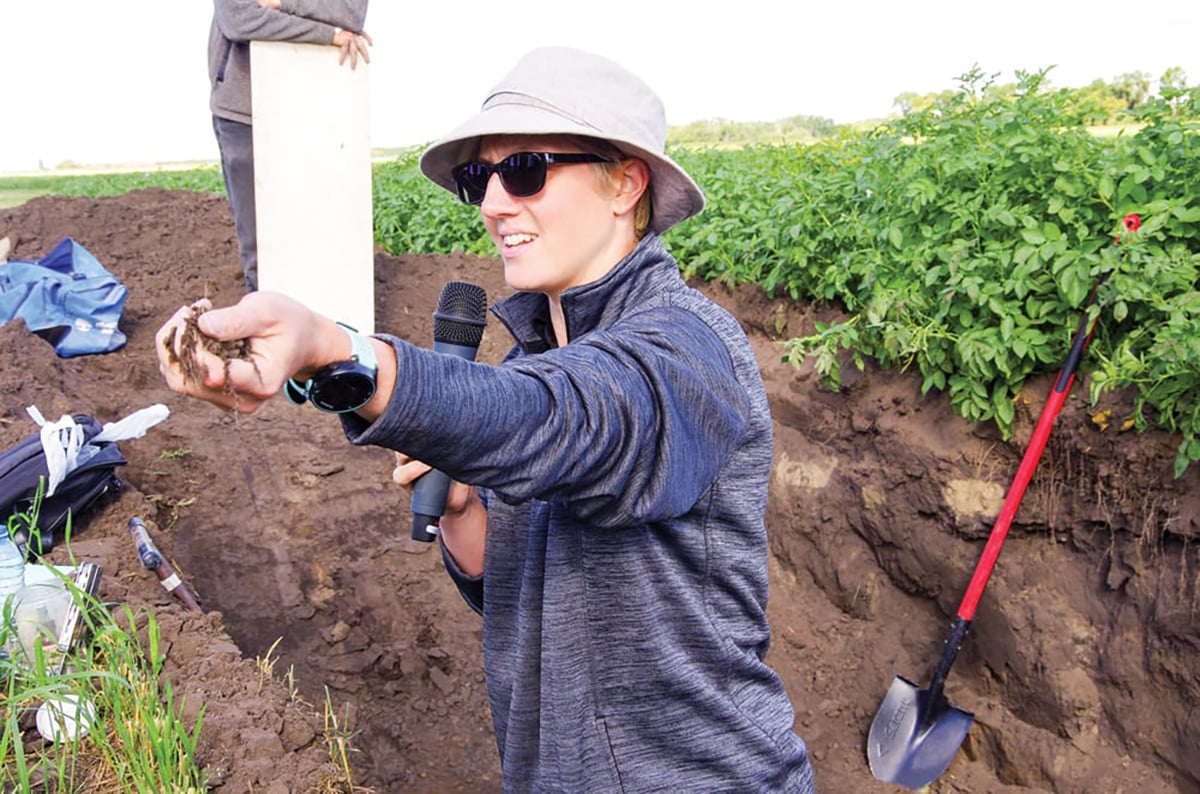
Fall soil testing tips for smart fertilizer plans
Quality crops next year start with quality soil test data, which starts with Manitoba farmers using the best possible soil sampling practices in fall 2025
The new line consists of four models in the 850 to 1,110 horsepower range. All of them get that power from a 24.2 litre, V-12 MAN diesel engine, which is mated to a two-speed hydrostatic transmission.
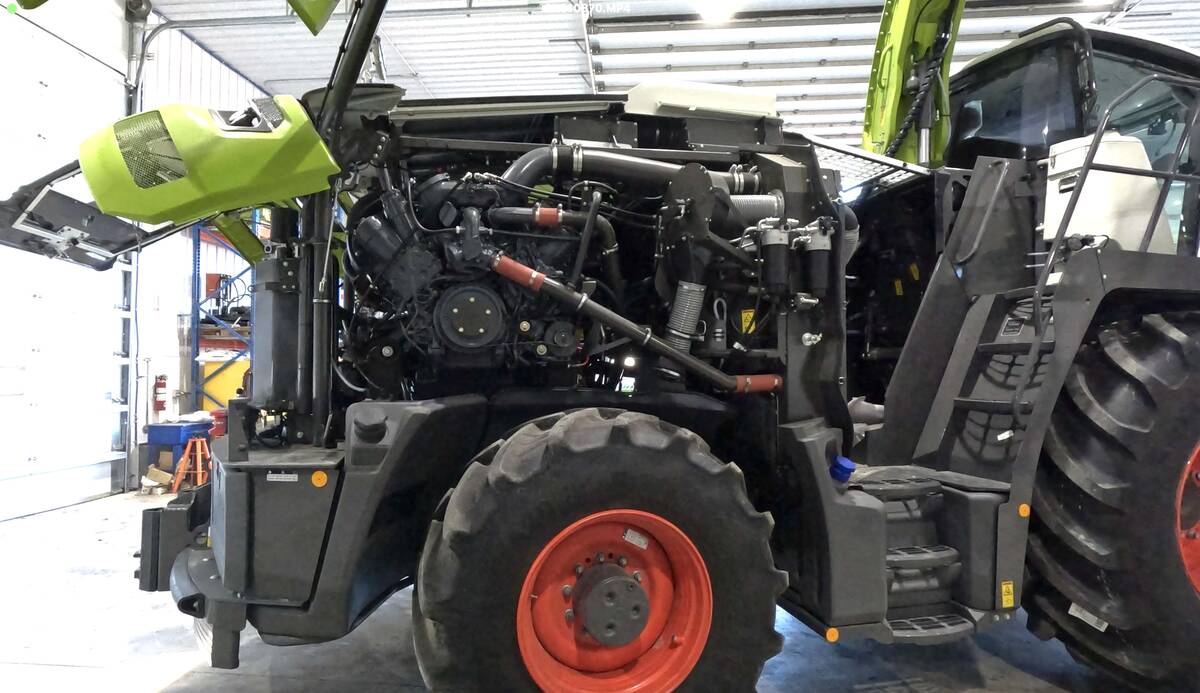
“That’s been our engine for higher horsepower in these for many years,” Siebert adds.
All four of the new models use a 35.8-inch (910 mm) wide cylinder that has a 24.8-inch (630 mm) diameter. Claas claims it’s the largest in the industry at the moment.
“That gives us way more capacity,” says Seibert.
“We’ve increased the corn cracker rollers to 310 millimetres, 12.5 inches, in diameter to get more throughput.”
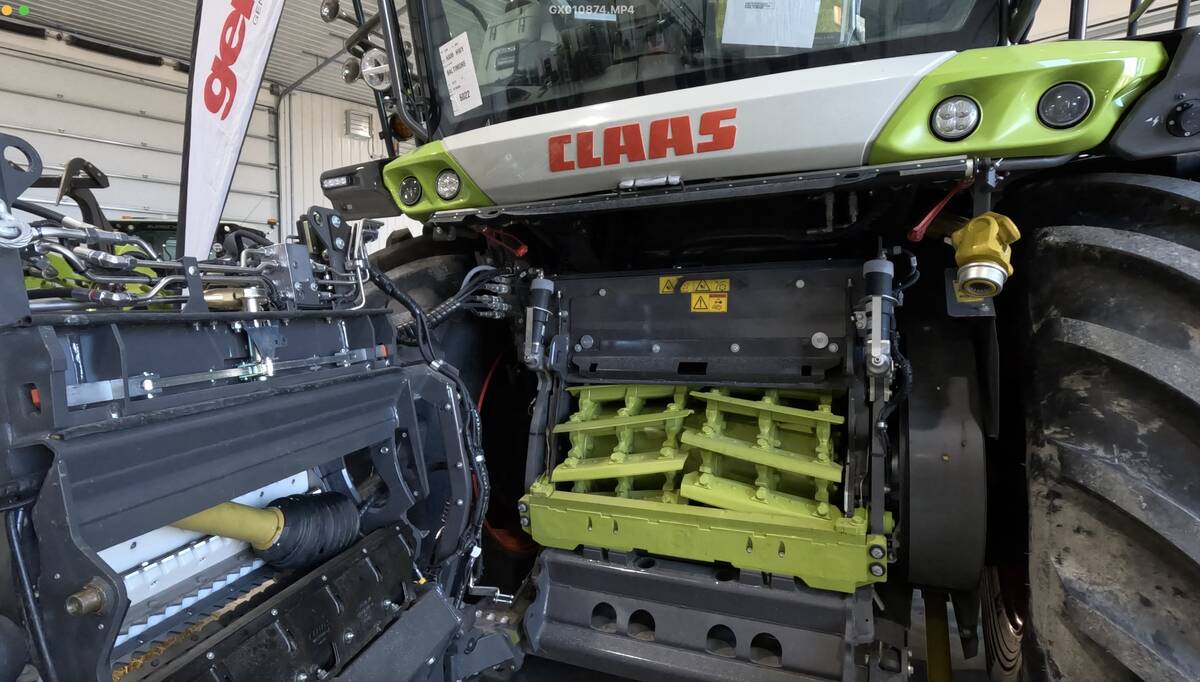
A hydraulic pre-compression system in the feeder helps boost throughput while allowing for more uniform chop quality.
“Our new V-Flex knife drum provides more configurations to give you different chop lengths and quality,” adds Siebert.
The 1000 Series get a completely redesigned cab with a lower noise level than on previous models. It has a larger windshield for better visibility, and an optional joystick steering control is available.
To better deal with the dusty field conditions typical when ensiling, the Jaguars get a dynamic cooling system that continuously clears the radiator screen to help keep the big MAN diesel from overheating.
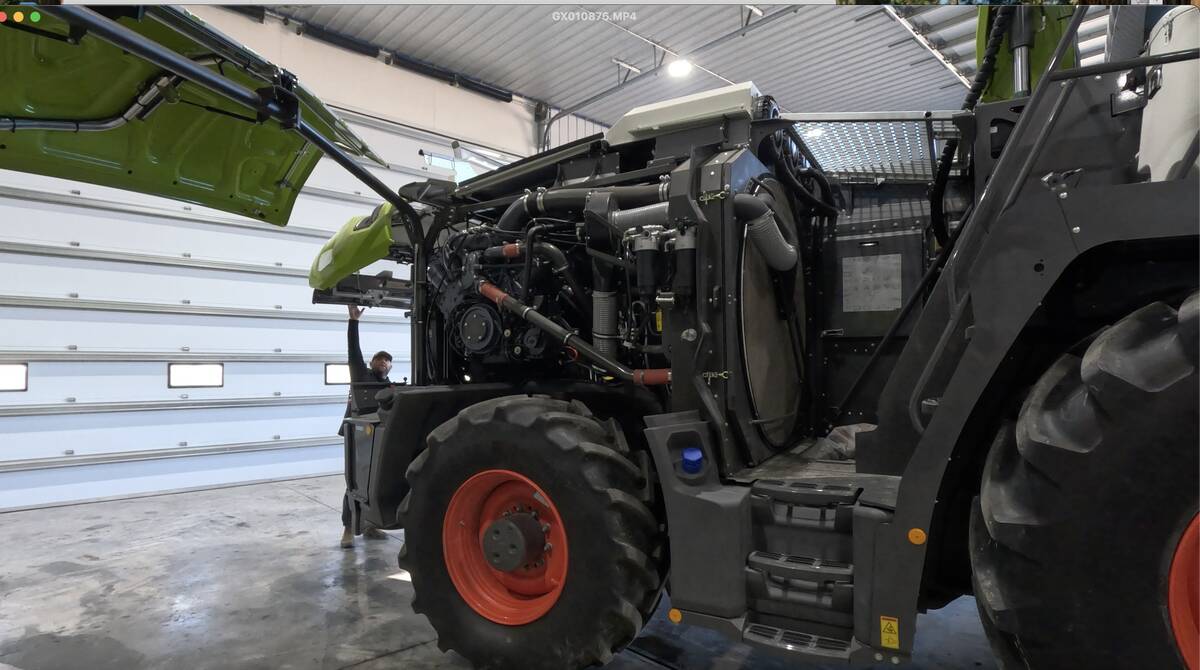
The Cemos system can adjust ground speed to maintain a consistent pre-set engine r.p.m., adapting to changing field conditions. The Cemos Auto Crop Flow feature prevents overloading.
As well as a new pick-up header, the new forage harvesters can be matched with a 30- or 35-foot Orbis cutting header.
The Auto Contour feature allows for automated ground adaptation. Three sensors monitor the terrain and adjust the header’s pre-programmed working height accordingly. The Orbis 10500 header model is also equipped with actively controlled stabilizer wheels, which adds additional protection from irregular field conditions.
The discharge chute can swivel up to 225 degrees and be raised up to a high of just over 21 feet (6.6 metres).


